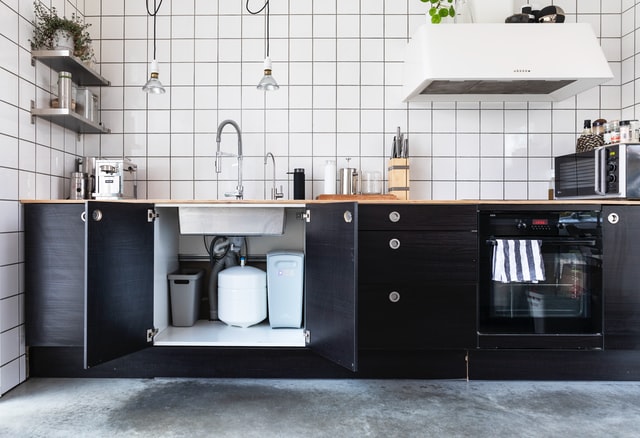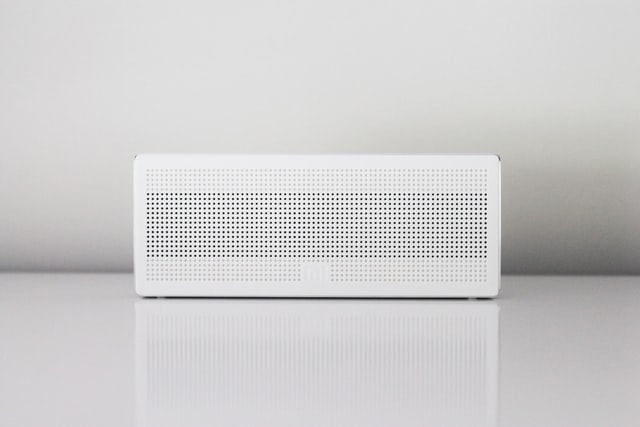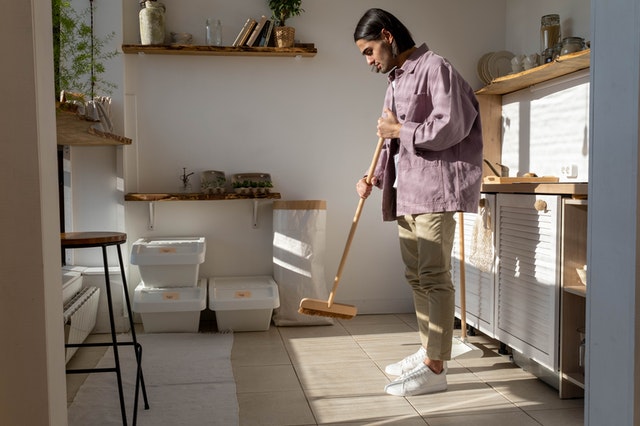None of us want to expose our families to toxins, especially not when we’re at home. When you take steps to detoxify your home environment, you can improve the health of everyone who lives there. Simple home detoxification steps can also help you be a more environmentally-friendly person.
Many of the things that are harmful to your health or fill your home with toxins are also bad for the environment.
The following are ways to have a healthier, less toxic, and more eco-friendly home.
Don’t Wear Shoes Inside
The easiest, cheapest way to reduce your at-home toxic exposure is to have everyone leave their shoes at the door. The majority of dirt, germs, and pesticides that find their way into your home come from everyone’s shoes.

Filter Your Water
There are water filters available for nearly every budget. You can use a simple pitcher that goes on the counter and is refilled manually, or you can invest in a whole-home system.
Regardless of the way you filter your water, just make sure that you’re doing it.
Filtering your water is going to make it cleaner and purer. When you filter your own water instead of getting bottled water, you’re reducing the amount of plastic you’re exposed to and how much ends up in landfills or polluting waterways.
Using a water filter can also be significantly less expensive than regularly buying bottles of water.
Filtering your water can remove residual chlorine that comes from the treatment process, so you may notice not only benefits in how you feel, but your hair and skin may feel less dry or brittle.

Get An Air Purifier
In many cases, surprisingly, the air inside your home can be dirtier and more toxic than what’s outside. An air purifier can help clean your air and also remove odors and allergens.
If you have respiratory symptoms or anyone in your home does, choose an air purifier with a HEPA filter. HEPA stands for high-efficiency particular air, and they can get 99.7% of particles that are larger than 0.3 micrometers.
There are other ways you can improve your home’s air quality in addition to getting a purifier.
Cleaning, dusting, vacuuming, and wiping surfaces will go a long way. Even an air purifier can’t remove particles once they settle on surfaces, which is why regular deep cleaning is important.
In your kitchen, bathrooms, and laundry room, odors, moisture, and gas are more likely to accumulate. Use fans or outdoor vents to keep the air moving.
Open your windows when the weather is nice unless you have poor outdoor air quality where you live.
Regularly wash your towels and bed linens, and avoid burning candles or products that are scented because they negatively affect your air quality.
Using a dehumidifier can help prevent the formation of bacteria and mold, which live in damp places.
Adding living houseplants will naturally detoxify your air. Houseplants can remove pollutants like carbon monoxide and benzene.

Make Your Own Cleaning Supplies
It sounds counterintuitive, but the cleaning supplies you use may be the biggest source of toxins and harmful chemicals in your home. Don’t buy chemicals at the store.
Instead, mix your own.
You can make simple, effective, and non-toxic cleaning products that are also more environmentally and budget-friendly using ingredients like lemon juice, baking soda, and vinegar.
When you’re doing laundry, the same principles apply. Detergents and fabric softeners can be irritating and even toxic. You can do laundry with things like vinegar instead. Vinegar has antimicrobial effects, and it also naturally softens your clothes. The same is true of baking soda.
Instead of chlorine bleach, use oxygen bleach and lemon juice on your white laundry.
Take Out Your Carpet
If you have wall-to-wall carpeting in your home and you get the chance to remove it, do so. Carpeting is made of petroleum byproducts and is often treated with stain replants and dyes. All of these things mean you’re constantly breathing in toxins.
Plus, the padding that usually goes under carpet often contains urethane or PVC and carpets tend to hold on to dirt, dust, and allergens.
Hardwood or tile is a better option, and you can add washable rugs on top.
Rethink Your Cookware
Finally, for years, nonstick cookware was the option of choice in kitchens around America.
We now know that nonstick cookware is often coated with toxic, harmful PFAs. Instead, try to use cookware that’s made of cast iron, stainless steel, or is enameled. If you can’t swap out all your pans right now, keep the heat exposure low and open your windows while you cook.
If you have a nonstick pan with a coating that gets chipped or scratched, stop using it.



